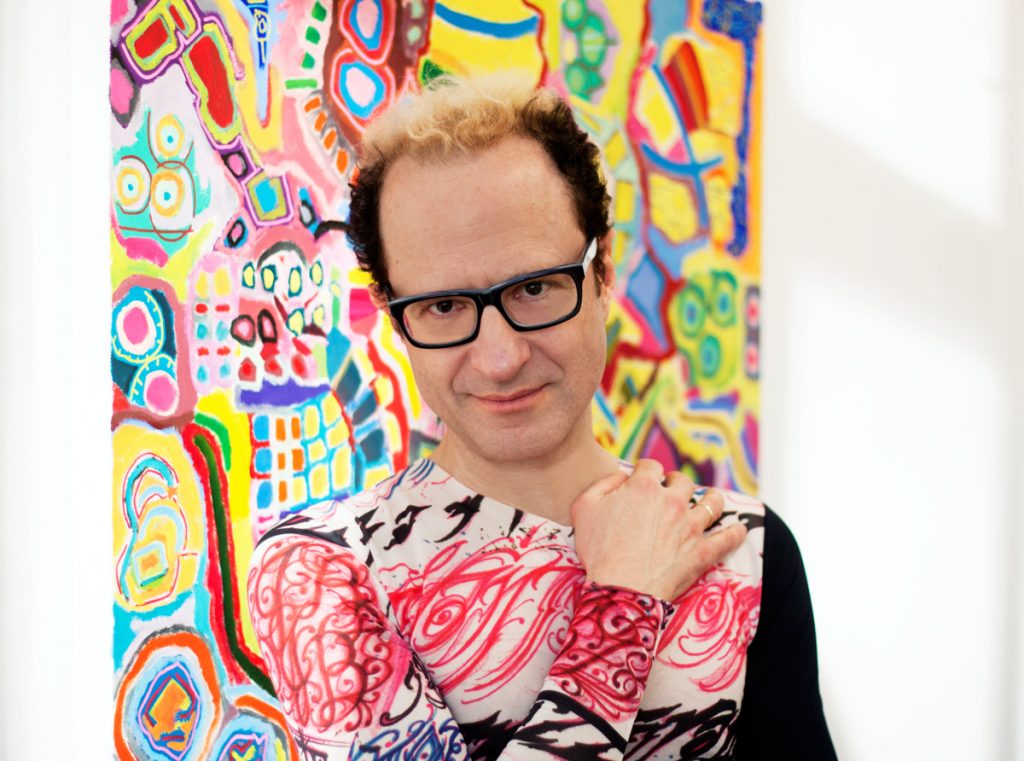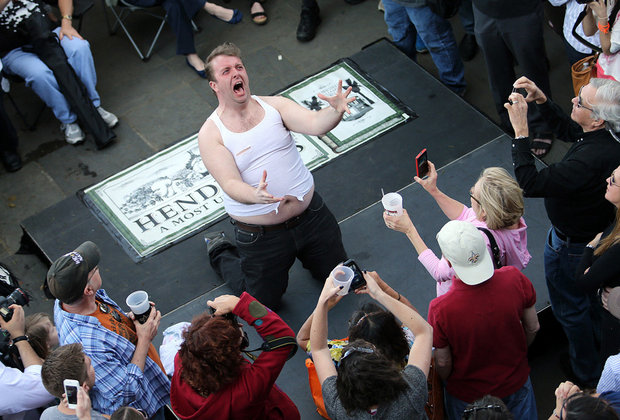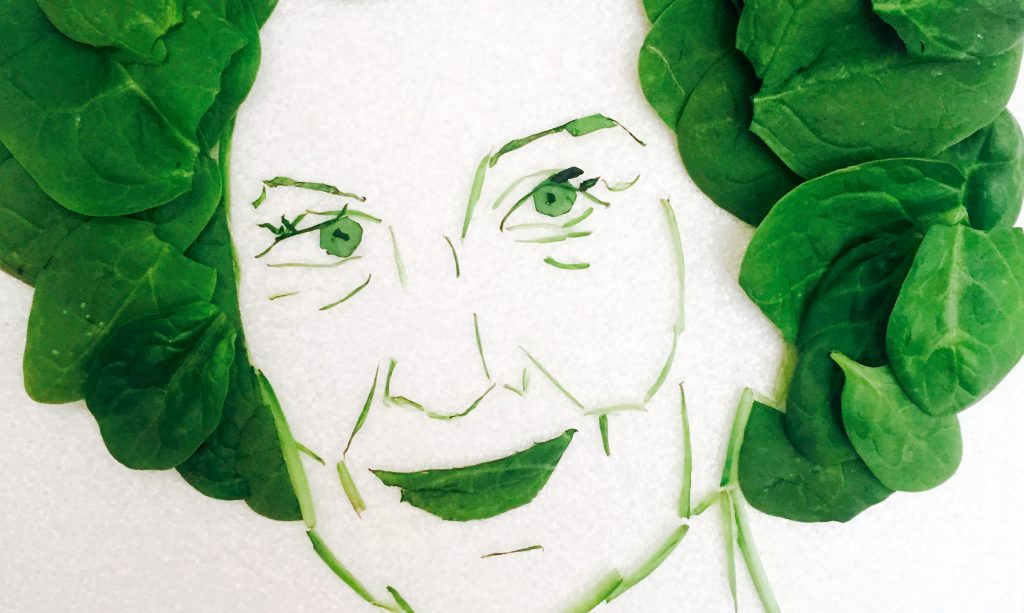Excerpts and curios from around the web:
If you’ve been up late wondering how many eggs are stashed in the vaults at the American Museum of Natural History, I have news for you: 17,921. For this we can thank the Victorians and their penchant for cheap thrills. Writes Kate Golembiewski for the Atlantic: “Charles Bendire, a 19th-century ornithologist and U.S. army major, once braved enemy fire to snag a rare bird egg from a tree, cushioning it in his mouth while he scrambled down to safety; upon finding that the egg was stuck in his mouth, he had his men remove one of his teeth to free it.” Care for another anecdote about egg collectors behaving badly? One Frances J. Britwell “was strangled to death by his climbing rope while trying to reach a nest in a tall pine tree on his honeymoon.” While egg hunting may have fallen out of favor with modern ornithologists, the prize eggs of a hundred years ago have since been warehoused in museums for the purposes of scientific study. “The banning of the pesticide DDT, for example, relied on research conducted on several museum egg collections—scientists were able to compare turn-of-the century eggs to modern ones to show the link between the pesticide and the brittle, prematurely cracked eggshells that spelled disaster for birds of prey, including the bald eagle.”
This week in fictional characters having sex: “Both Chopin and Flaubert are keenly interested in the whiteness of a woman’s skin as a marker of her desirability,” writes Roxane Gay for Lit Hub’s latest installment of The Tournament of Literary Sex Writing. “Emma’s white throat swells. In The Storm our lady is a creamy lily and her skin is as white as the couch upon which she reclines which, of course, begs the question of how her lover could possibly find her amongst the cushions.” Gay ultimately called the round in Chopin’s favor “because the man’s heart hammers as he hammers his paramour. Subtlety is overrated.”
 The Library of Congress has everything–yes, everything!–you need on its many curious Pinterest boards: fun-loving brides riding unicycles; illustrations of antiquated flying machines; letters on natural magic addressed to Sir Walter Scott. Recently, the library has added classic images of U.S. parks to the miscellany in celebration of the National Park Service’s one hundredth anniversary. Pins include photos of Calvin and Grace Coolidge strolling with bears at Yellowstone National Park, Grand Canyon visitors “venturing a little too near the yawning chasm,” and sculptor Gutzon Borglum climbing the nose of George Washington at Mount Rushmore.
The Library of Congress has everything–yes, everything!–you need on its many curious Pinterest boards: fun-loving brides riding unicycles; illustrations of antiquated flying machines; letters on natural magic addressed to Sir Walter Scott. Recently, the library has added classic images of U.S. parks to the miscellany in celebration of the National Park Service’s one hundredth anniversary. Pins include photos of Calvin and Grace Coolidge strolling with bears at Yellowstone National Park, Grand Canyon visitors “venturing a little too near the yawning chasm,” and sculptor Gutzon Borglum climbing the nose of George Washington at Mount Rushmore.
If, like me, you’ve been designing a utopic commune for you and your friends/lovers, the editors at Lapham’s Quarterly have assembled a graph containing news you can use in your sacred quest for harmony. For those interested in tantric sex and psychedelic music, Jim Baker and The Source Family might be worth studying; for those interested in building furniture and cultivating absolute piety, one may look no further than the Amana Colonies. “Utopias in the U.S.” also includes details about Brook Farm in Massachusetts, where residents once pursued peace through physical labor, the Oneida Community in upstate New York, which strove for genetic perfection through the practice of nonejaculatory sex, and the Pullman District in Chicago, where workers lived in shoddy tenement houses subject to routine inspection.
 Rivka Galchen considers the difficulty of painting children—as well as the work of society portraitist Vigée Le Brun—in a recent essay for T Magazine. “Vigée Le Brun did not especially dedicate herself to painting children, but she had an especial gift for it,” Galchen writes. “Children in her paintings appear at ease, about to move; their postures look awkward, and accurate.” Le Brun received little critical acclaim for her work (Simone de Bouvier wrote that Le Brun “never wearied of putting her smiling maternity on her canvases”), but as Galchen notes, “[a]voiding cliché and idealization in portraits of children must be comparable to trying to un-cutely depict a panda, or a puppy. In literature, children often appear as animals or dolls or, as in the case of Pinocchio, a marionette whose peers are animals. It’s as if, in human form, the essential aspect of a child is too easily obscured.” An accompanying slideshow titled “Artists’ Children, Depicted By Their Parents” features work by John Currin, Carrie Mae Weems, Jenny Saville, and others.
Rivka Galchen considers the difficulty of painting children—as well as the work of society portraitist Vigée Le Brun—in a recent essay for T Magazine. “Vigée Le Brun did not especially dedicate herself to painting children, but she had an especial gift for it,” Galchen writes. “Children in her paintings appear at ease, about to move; their postures look awkward, and accurate.” Le Brun received little critical acclaim for her work (Simone de Bouvier wrote that Le Brun “never wearied of putting her smiling maternity on her canvases”), but as Galchen notes, “[a]voiding cliché and idealization in portraits of children must be comparable to trying to un-cutely depict a panda, or a puppy. In literature, children often appear as animals or dolls or, as in the case of Pinocchio, a marionette whose peers are animals. It’s as if, in human form, the essential aspect of a child is too easily obscured.” An accompanying slideshow titled “Artists’ Children, Depicted By Their Parents” features work by John Currin, Carrie Mae Weems, Jenny Saville, and others.
You know what’s fun? A good old-fashioned burgle. The kind that sends you crawling through a building’s air ducts in a turtleneck and trousers dark as night. In “A Burglar’s Guide to the City,” Geoff Manaugh examines the art of the steal as it relates to architecture and building design. “During nearly three years of research, the author explored burglary from good-guy and bad-guy perspectives. He traveled to the scenes of historic bank heists and studied how SWAT teams break down doors. He heard how citizens feared home invasions while at the chariot races in ancient Rome and visited a panic-room designer whose structures sit in the mansions of CEOs. He read up on Stagehand—a code name for the FBI’s program facilitating government-sanctioned break-ins—and learned how agents hide behind fake bushes that open like umbrellas, anesthetize barking dogs and travel with vials of their own dust to cover their tracks.”
Lead image: Emperor Penguin egg collected by Edward Wilson on a discovery expedition in 1903, courtesy of @NHM_Oology.




